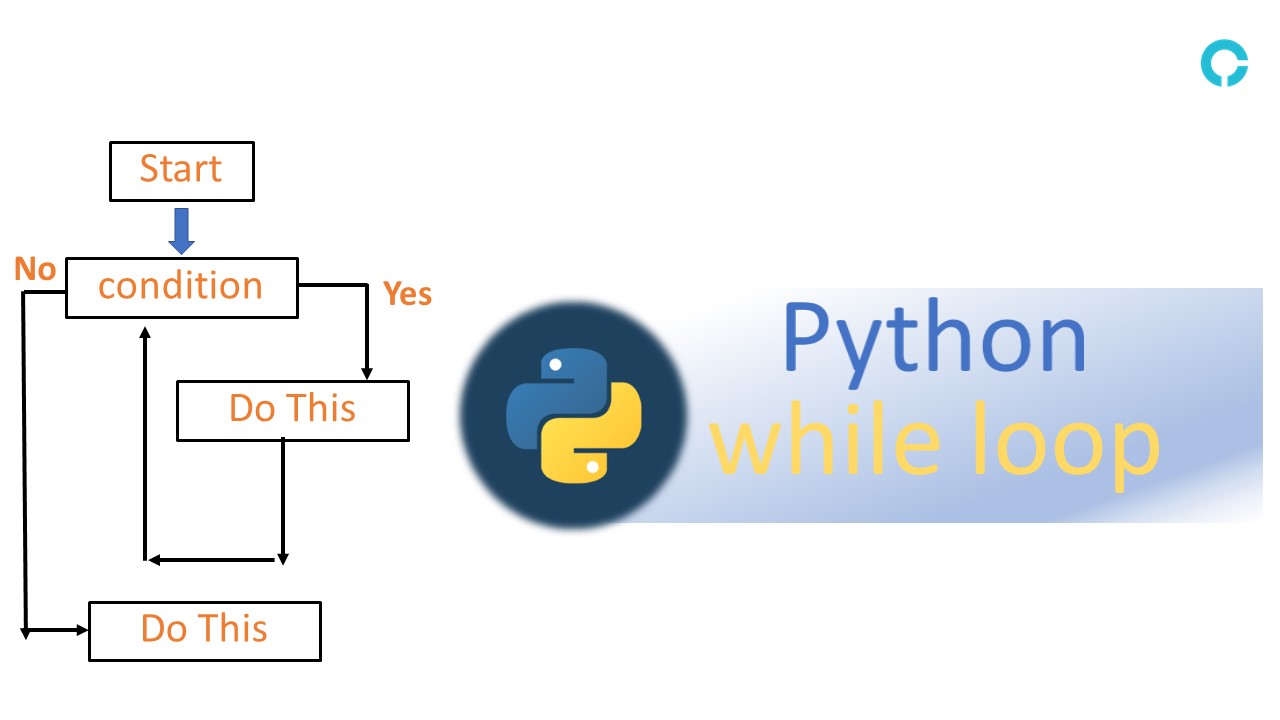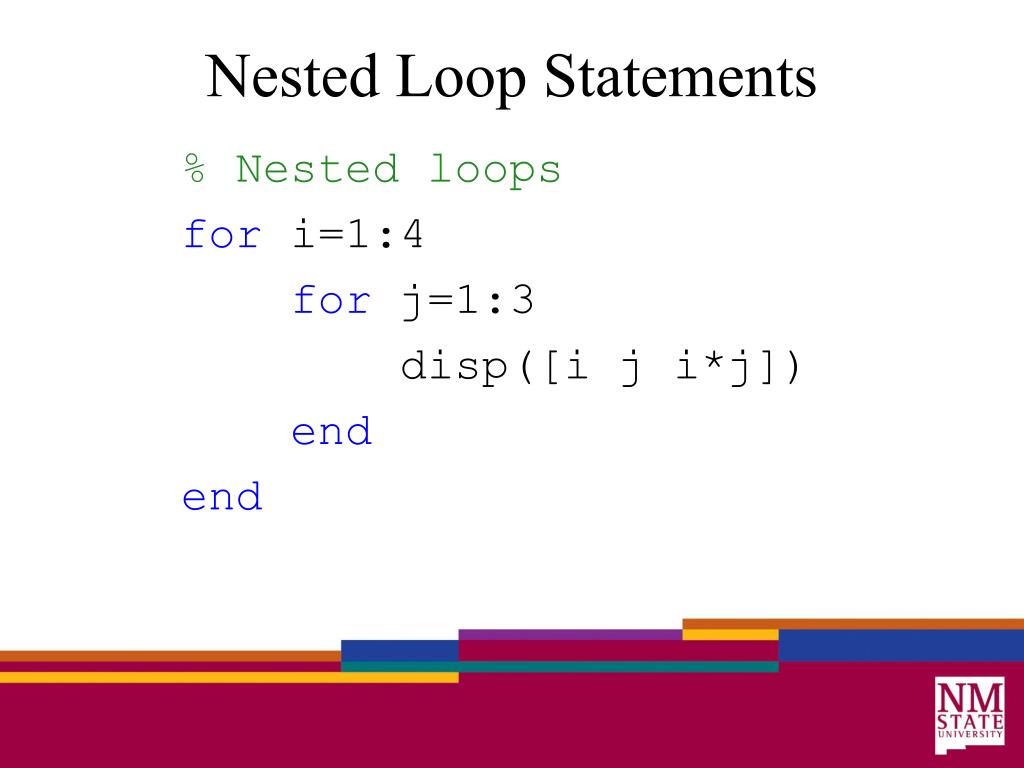Python In Loops Concepts Presentation
| Introduction to Python in Loops Concepts | ||
|---|---|---|
| Python provides various types of loops to iterate over a sequence of elements. Loops are used for repeating a set of instructions multiple times. The two main types of loops in Python are the for loop and the while loop. | ||
| 1 | ||
| For Loops in Python | ||
|---|---|---|
| The for loop is used to iterate over a sequence, such as a list, tuple, or string. It uses the "in" keyword followed by the sequence to be iterated over. The loop variable takes the value of each element in the sequence, one at a time. | ||
| 2 | ||
| Using Range in For Loops | ||
|---|---|---|
| The range() function generates a sequence of numbers that can be used with for loops. It takes three arguments: start, stop, and step. By default, the start value is 0 and the step value is 1. | ||
| 3 | ||
| Nested For Loops | ||
|---|---|---|
| Nested for loops are used when we want to iterate over multiple sequences simultaneously. Each inner loop completes its iterations for every iteration of the outer loop. Nested loops can be used for tasks like iterating over a 2D list or generating patterns. | ||
| 4 | ||
| While Loops in Python | ||
|---|---|---|
| The while loop continues iterating as long as a certain condition is true. It repeatedly executes a block of code until the condition becomes false. Be cautious to avoid infinite loops by ensuring the condition eventually becomes false. | ||
| 5 | ||
| Using Break and Continue in Loops | ||
|---|---|---|
| The break statement terminates the loop prematurely and moves to the next statement after the loop. It is often used to exit a loop based on a certain condition. The continue statement skips the rest of the current iteration and moves to the next iteration. | ||
| 6 | ||
| Loop Control with Else Block | ||
|---|---|---|
| Python allows an optional else block in loops. The else block is executed when the loop has exhausted all its iterations. It is commonly used to perform additional actions after the loop has completed. | ||
| 7 | ||
| List Comprehensions and Loops | ||
|---|---|---|
| List comprehensions provide a concise way to create lists using loops. They combine the iteration and conditional statements into a single line of code. List comprehensions are a powerful tool for transforming and filtering data. | ||
| 8 | ||
| Looping Techniques and Built-in Functions | ||
|---|---|---|
| The enumerate() function adds a counter to an iterable, returning an enumeration object. The zip() function combines multiple iterables into a single iterable of tuples. The reversed() function returns a reverse iterator over a sequence. | ||
| 9 | ||
| Best Practices for Using Loops | ||
|---|---|---|
| Use meaningful variable names to enhance code readability. Avoid unnecessary nested loops to improve efficiency and readability. Regularly test and debug your loops to ensure they are functioning as expected. | ||
| 10 | ||
| References (download PPTX file for details) | ||
|---|---|---|
| Python.org... Loops and Iteration: https:// docs.python.org... W3Schools.com... |  | |
| 11 | ||









